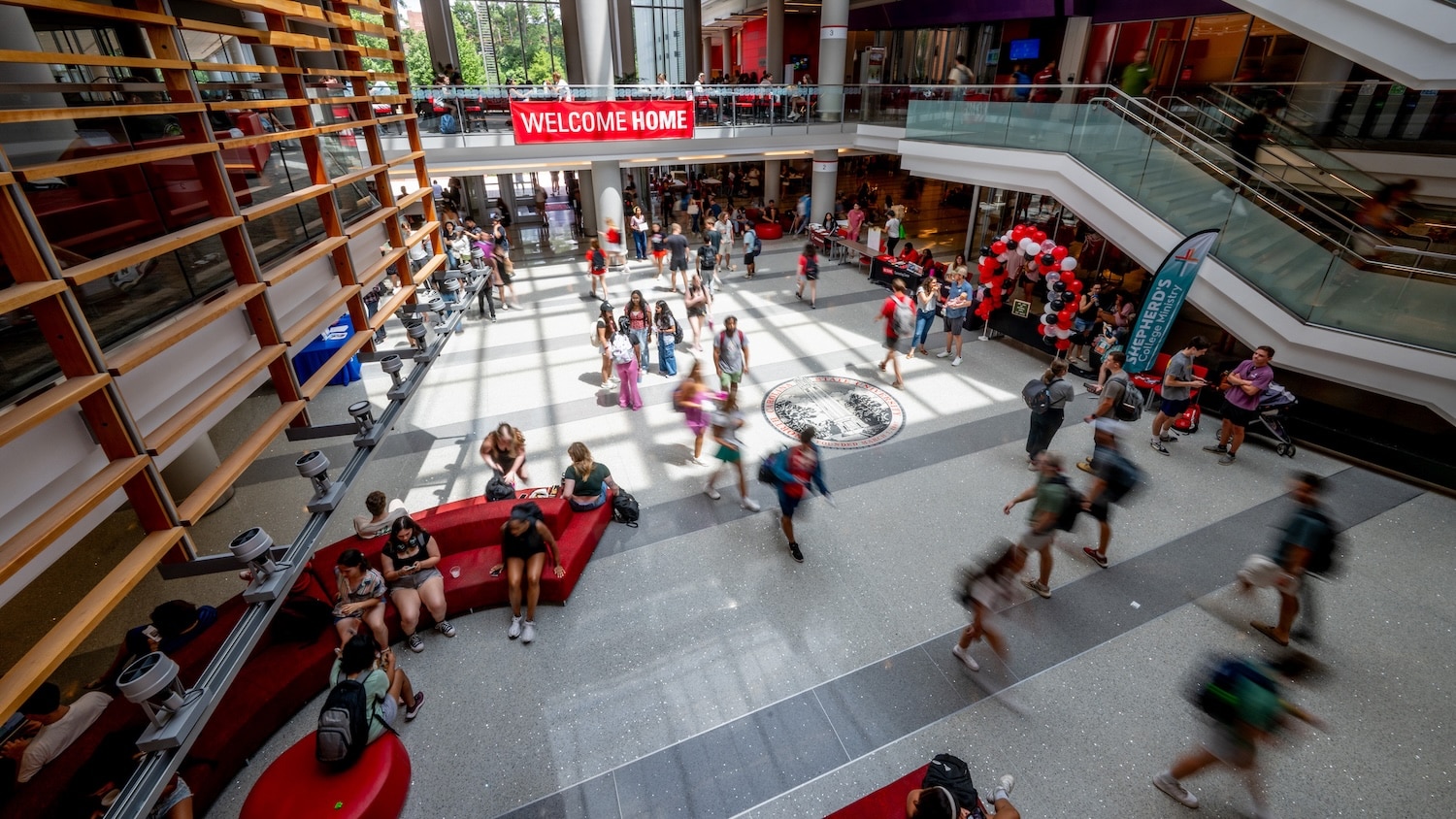New Model to Improve Vehicle-to-Vehicle Communication for ‘Intelligent Transportation’
Imagine a transportation system where vehicles communicate directly with each other in real time, giving drivers warnings about traffic delays, allowing a single driver to control multiple vehicles or routing vehicles around hazardous road conditions. Those are all aspects of the “intelligent transportation” concept. And researchers have developed a model to improve the clarity of the vehicle-to-vehicle (V2V) transmissions needed to make that concept a reality.
“The model helps us understand how the V2V signals are distorted,” says Dr. Dan Stancil, head of North Carolina State University’s Department of Electrical and Computer Engineering and co-author of a paper on the work. “And understanding how the signal may be distorted allows you to design a signal that is less likely to become distorted in the first place.
“While there are smartphone apps that can tell you about traffic jams, there is a time lag between when the traffic jam begins and when the driver is notified,” Stancil says. “One advantage of this sort of direct communication between vehicles is that it has very little time delay, and could warn you to apply the brakes in response to an event only hundreds of yards away.”
V2V communication relies on transmitting data via radio frequencies in a specific band. But the transmission is complicated by the fact that both the transmitter and the receiver are in motion – and by the reflected radio waves, or radio echoes, that bounce off of passing objects. These variables can distort the signal, causing errors in the data.
The new model accounts for the motion of the transmitter and receiver, but previous models have done that as well. Previous models also addressed the problem of radio echoes in V2V communication by incorporating a uniform distribution of objects surrounding each vehicle. However, this approach does not accurately capture many real-world V2V communication scenarios. Other models use realistic distributions of objects, but require powerful computers to painstakingly calculate the contributions from each object.
The researchers recognized that most roads are lined with objects that run parallel to the road itself, such as trees, gas stations or parked cars. This means the objects that can reflect radio waves are not uniformly distributed in all directions. By accounting for this parallel distribution of objects, the researchers were able to create a model that more accurately describes how radio signals will be affected by their surroundings. That information can be used to adjust the transmission signal to improve the clarity of the data transmission. In addition, the model is relatively simple to calculate and does not require a powerful computer.
“We want to continue fine-tuning the model, but the next step is to incorporate this information into V2V technology to improve the reliability of V2V signals,” Stancil says.
The paper, “A Roadside Scattering Model for the Vehicle-to-Vehicle Communication Channel,” is published online in IEEE Journal on Selected Areas in Communication. Lead author of the study is Dr. Lin Cheng of Trinity College in Connecticut. The paper was co-authored by Dr. Fan Bai of the General Motors Research Center. The research was supported by General Motors.
-shipman-
Note to Editors: The study abstract follows.
“A Roadside Scattering Model for the Vehicle-to-Vehicle Communication Channel”
Authors: Lin Cheng, Trinity College; Daniel D. Stancil, North Carolina State University; and Fan Bai, General Motors Research Center
Published: online July 2, 2013, IEEE Journal on Selected Areas in Communication
DOI: 10.1109/JSAC.2013.SUP.0513040
Abstract: Achieving accurate and effective modeling of the vehicle-to-vehicle (V2V) communication channel has proven to be a challenging task, particularly owing to the highly dynamic nature of vehicular environments. V2V channels generally may have contributions from the line-of-sight path, reflections from large stationary and moving objects such as bridges and other vehicles, and a diffuse base from large numbers of small stationary objects in the environment. We propose a new geometrical model for the diffuse component based on scattering objects distributed along the roadside, and use this model to predict the Doppler spectrum and angle-of-arrival distribution associated with this component for various V2V scenarios. In contrast with previous roadside scattering models that sum the contributions from large numbers of randomly-generated scattering objects, our model assumes a uniform linear distribution along the roadside. This permits a computationally efficient, closed-form model. Comparisons with on-road measurement data as well as the double ring model demonstrate the validity and effectiveness of the proposed model.


